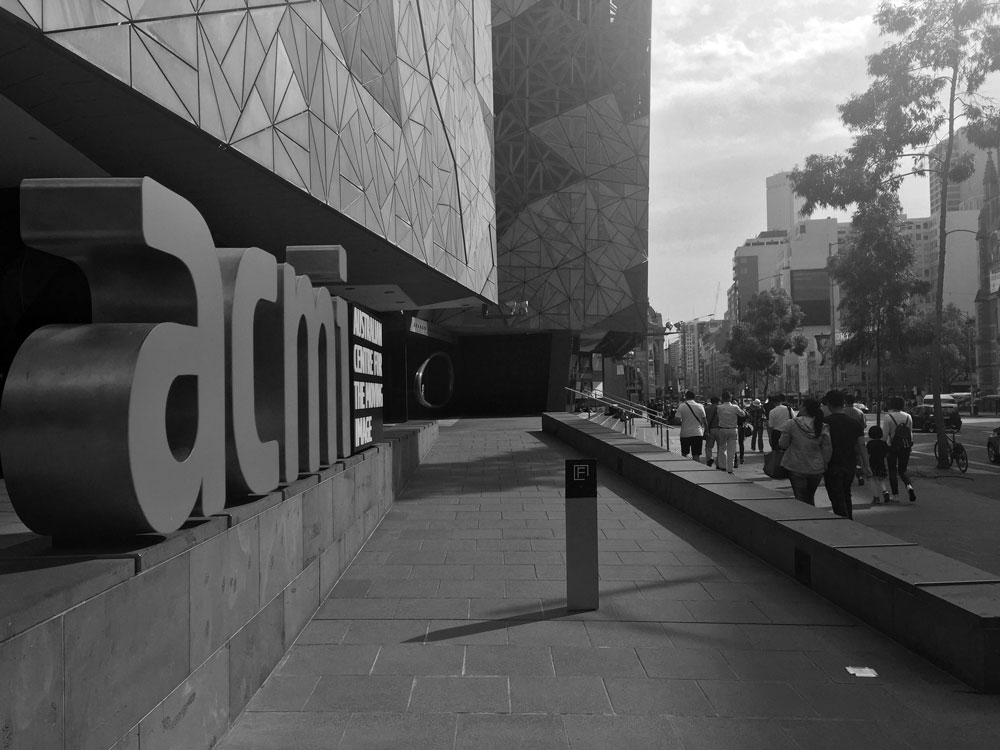April
18,
2016
Customer experience,
Service design


In late 2015 Meld worked with the Australian Centre for Moving Image (ACMI) in Melbourne to help them understand the current visitor experience. I was fortunate to be invited to co-present on this project by Seb Chan, ACMI’s Chief Experience Officer at the Museums and the Web conference (MWXX) held in early April in Los Angeles.
Seb and I spoke about the service design methods we used and how the ‘joined-up thinking’ service design offers can be of benefit to museums, their staff, and their visitors. What we mean by this is that service design looks across the entire museum—not just at the ‘front stage’ of visitor experience—but also at everything that happens behind the scenes: the entire context of the museum. Service design recognises that every part of the organisation is important to consider, it doesn’t matter if you are the person who cleans the bins, or the person designing the exhibition, it all has to work together to bring the visitor experience to life.
Surprisingly for me, considering the visitor experience is a relatively new (and controversial) subject within some areas of the museum community. This was brought up in discussion during our talk. As service design examines the entire organisation, it conceivably offers staff in these less visitor-centric museums a way to design for the visitor without raising the ire of their more traditional collections-focused colleagues. Perhaps this is why there was so much interest at the conference about service design (read that here on twitter).
Conference attendees also seemed particularly interested in how, with service design, the experience of the staff is as much of a consideration as that of the visitor. Photographs showing the realities of working in a museum - the cramped conditions, the tight storage spaces, the tiny offices—struck a chord with attendees. The ‘backstage’ where staff work is often a secondary consideration in service contexts because of the need to devote space to the ‘front stage’ where the service interactions occur. Unfortunately this can ultimately affect visitor experience if staff are feeling hard done by.
Ours was not the only presentation on service design at the conference and it seems there is a great deal of excitement about the method in the museum sector.
I’d like to thank Seb for giving me the opportunity to present our work at the MWXX conference.